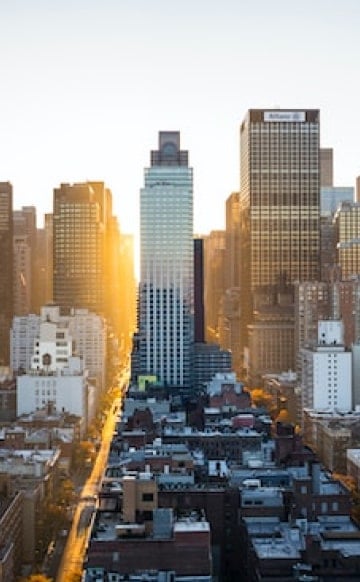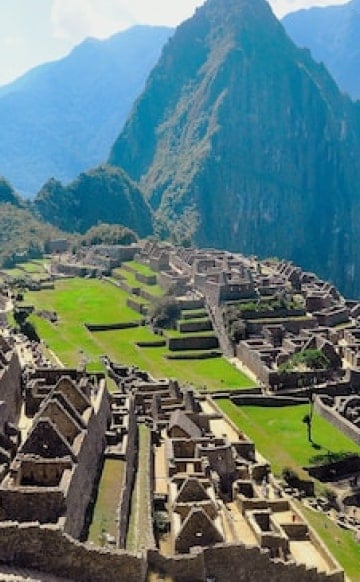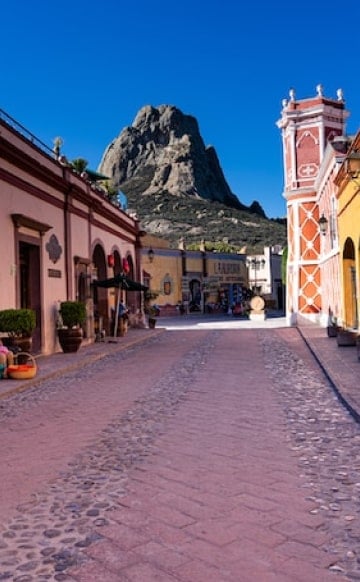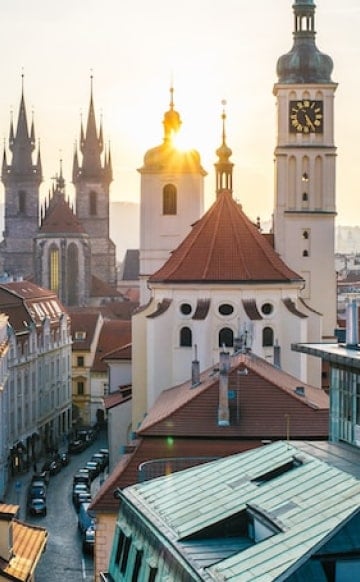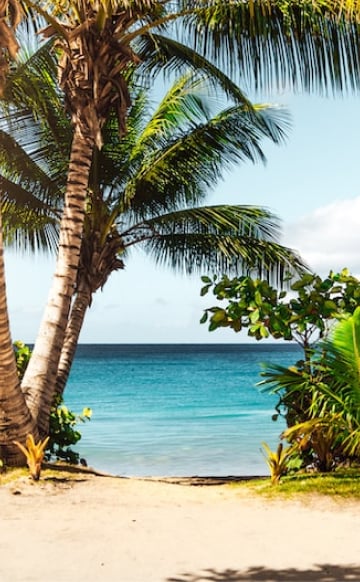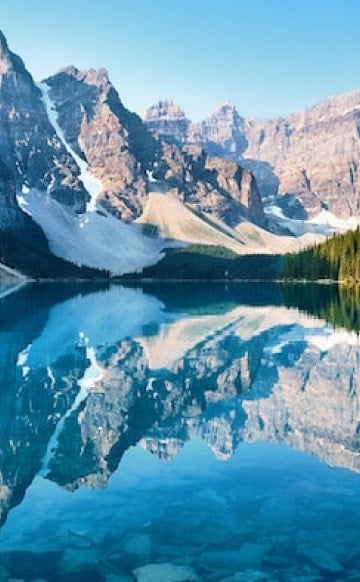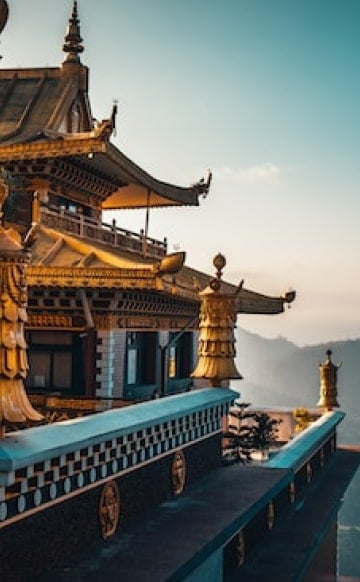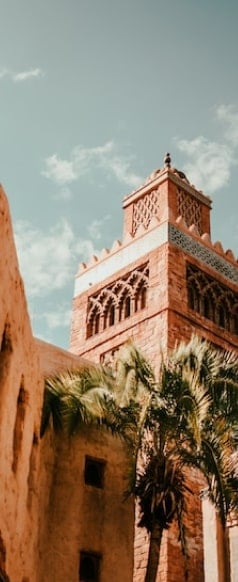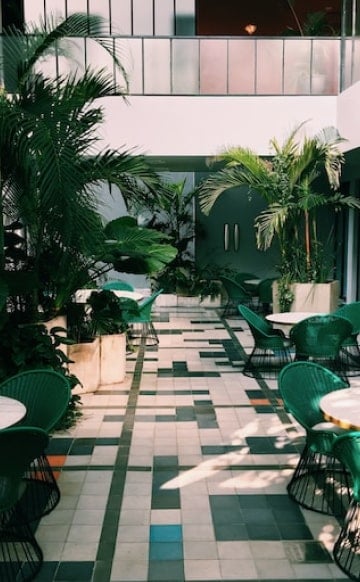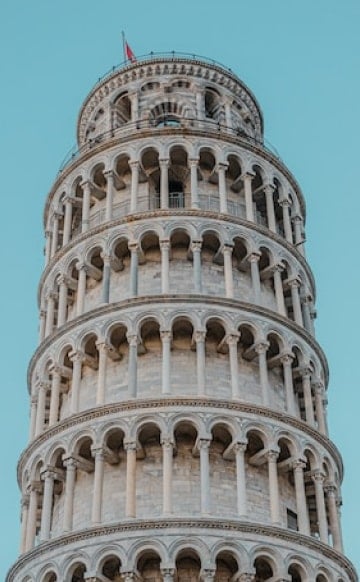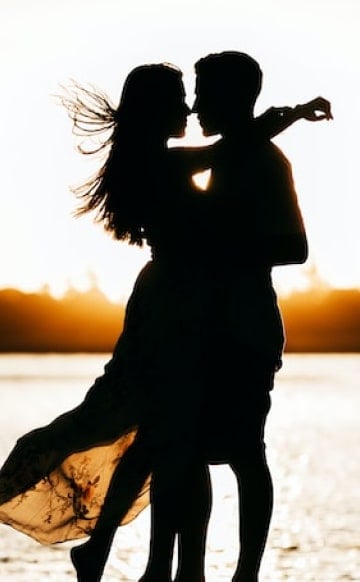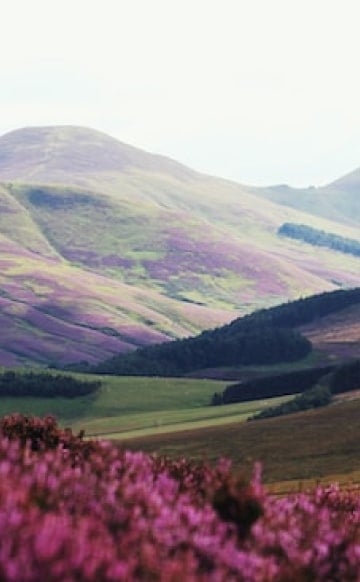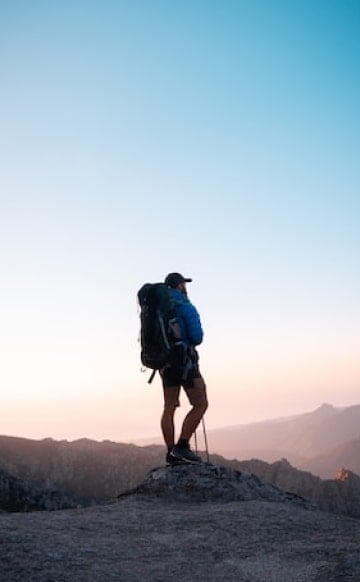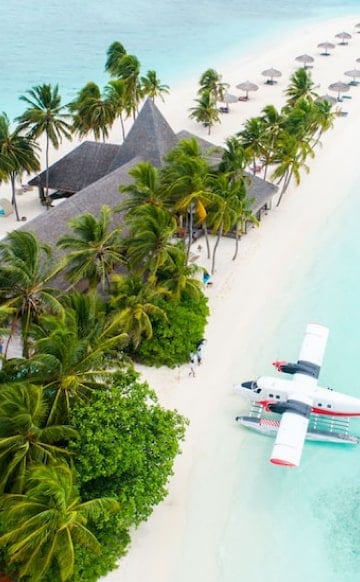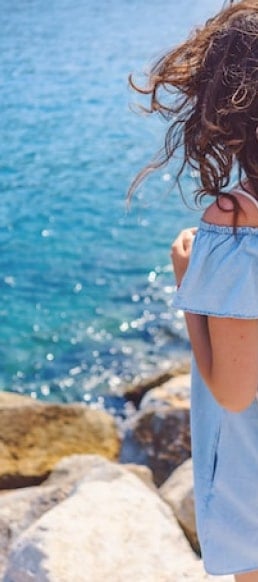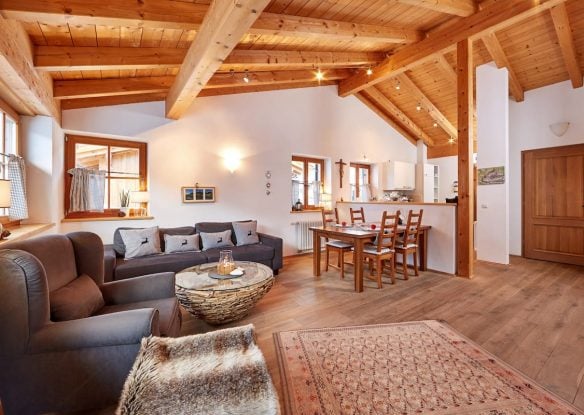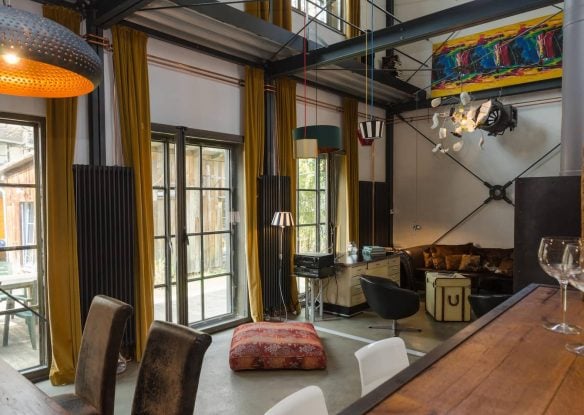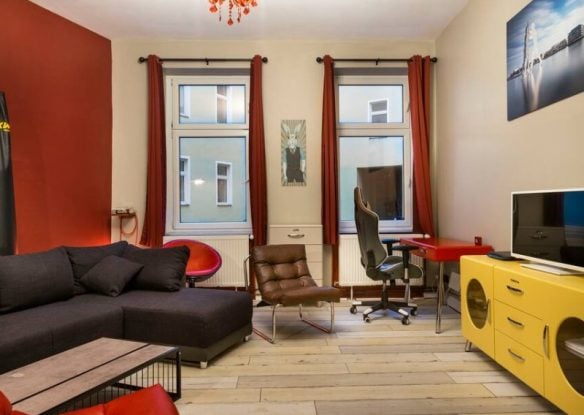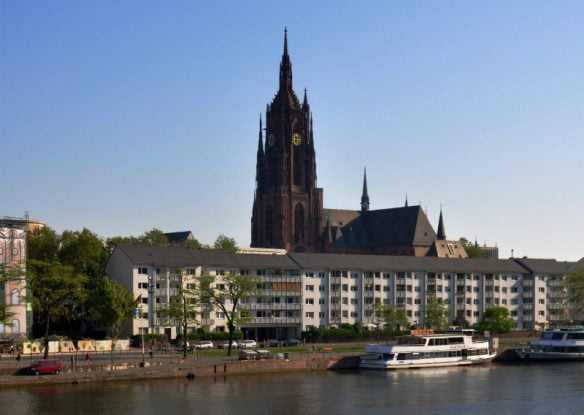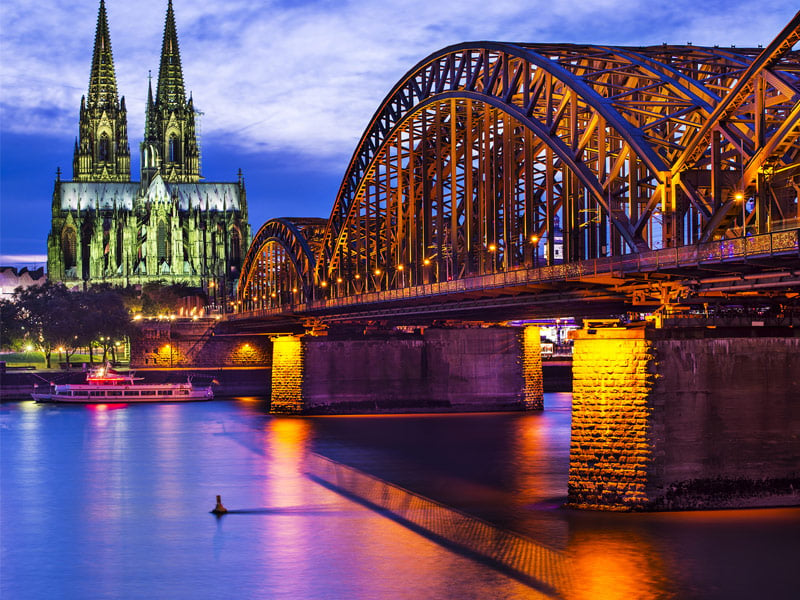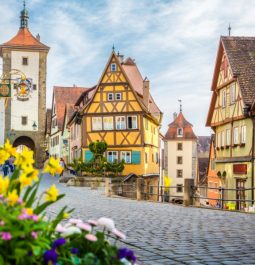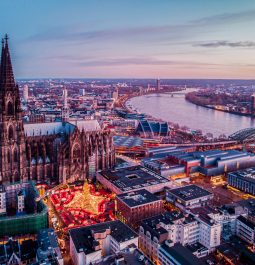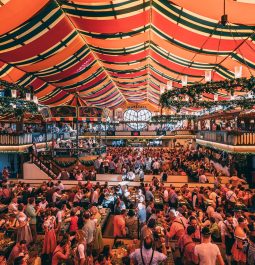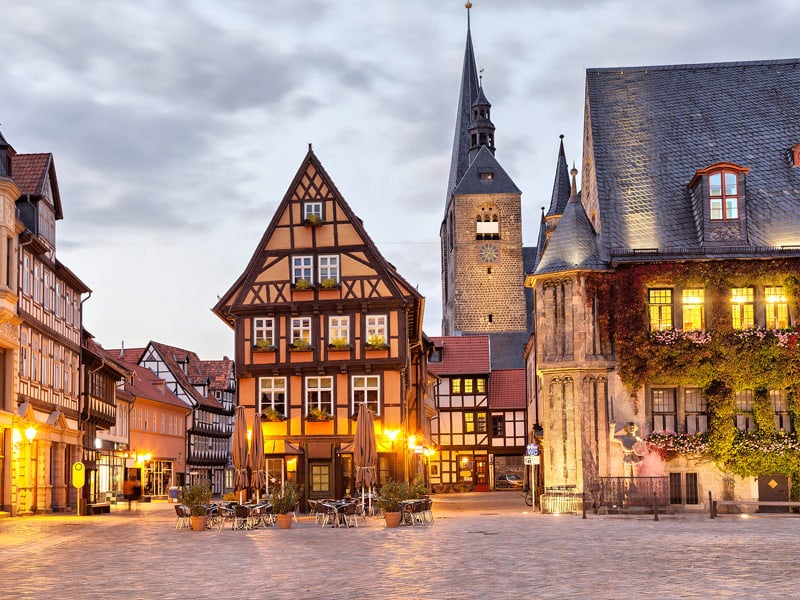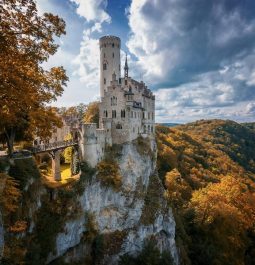Just Published
10 Best Things to See and Do in Cologne, Germany
Boasting more than 2,000 years of history, Cologne sits on the river Rhine and is known for its Roman remains, medieval churches, cosy pubs and fascinating museums. From… continue reading
11 Most Beautiful Towns in Bavaria, Germany
A blend of rich cultural traditions and charming riverside towns, Bavaria is so much more than its capital city Munich. Step outside the big city and you’ll discover… continue reading
10 Best Places To Spend Christmas in Germany
It's hard to beat Christmas in Germany. No matter which town you're in, there will probably be a magical Christmas market nearby, and often several of them. With… continue reading
Top 8 Beer Festivals in Germany
Germany is famous for its beer and its beer festivals that celebrate the drink, 99% of which contains only water, hops, malt, and altered yeast. This country is… continue reading
9 Fairy Tale Towns in Germany You Must Visit
When you step into any one of these towns, you may have a hard time believing they're real. For a vacation filled with postcard-perfect photos, a chance to… continue reading
11 Fairytale Castles in Germany
Home to the most impressive collection of fairytale castles, Germany is dotted with medieval and late Gothic palaces that sit atop mountain peaks and overlook flowing rivers. Boasting… continue reading
